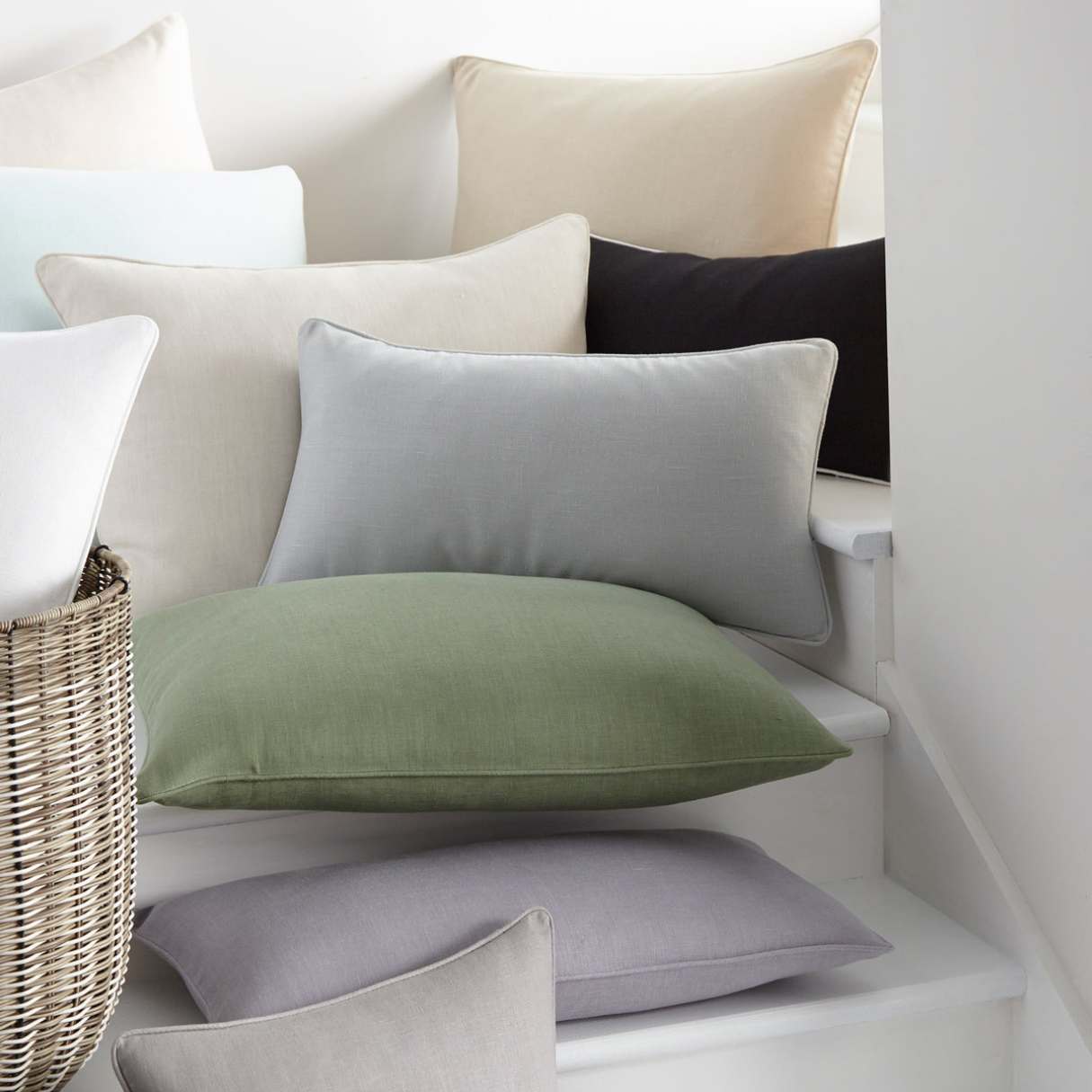

Articles
How To Wash Throw Pillows In Washing Machine
Modified: March 2, 2024
Learn how to wash throw pillows in a washing machine with these helpful articles. Discover tips and tricks for keeping your pillows clean and fresh.
(Many of the links in this article redirect to a specific reviewed product. Your purchase of these products through affiliate links helps to generate commission for Storables.com, at no extra cost. Learn more)
Introduction
Welcome to our comprehensive guide on how to wash throw pillows in a washing machine. Throw pillows are not only decorative accents for your living space, but they also provide comfort and support. However, over time, they can accumulate dust, dirt, and stains, making it necessary to give them a good cleaning. While many people are unsure about how to clean throw pillows, we’re here to help you through the process.
Throw pillows come in a variety of fabrics, designs, and sizes, which means that there isn’t a one-size-fits-all method for washing them. It’s important to carefully check the care instructions provided by the manufacturer before proceeding. Following these instructions will help you maintain the quality and longevity of your throw pillows.
In this guide, we will provide you with step-by-step instructions on how to wash throw pillows in a washing machine. We will also share some tips and tricks to ensure that your pillows come out fresh, clean, and ready to be enjoyed once again.
But before we dive into the washing process, let’s discuss the common materials used in throw pillows and how they can impact the cleaning process. This knowledge will help you make informed decisions while cleaning your pillows.
Key Takeaways:
- Properly washing throw pillows in a washing machine involves checking care instructions, pre-treating stains, and using a gentle cycle with mild detergent. Fluffing and replacing the covers completes the process, ensuring clean and inviting pillows.
- Understanding the fabric of throw pillows is crucial for effective cleaning. Different materials require specific care, such as handwashing linen or dry cleaning silk. Following care instructions and selecting the right washing machine setting are essential for maintaining pillow quality.
Common Materials Used in Throw Pillows
Throw pillows can be made from various materials, such as cotton, linen, polyester, silk, or a combination of these. Understanding the fabric of your throw pillows is crucial, as it will determine the method and care needed to wash them effectively.
1. Cotton: Cotton is a common material used in throw pillows due to its durability and comfort. Cotton pillows are relatively easy to maintain and can usually be machine washed. However, it’s important to check the care instructions for any specific guidelines or limitations.
2. Linen: Linen throw pillows add a touch of elegance and sophistication to any space. While linen is a natural and breathable fabric, it can be more delicate compared to other materials. Some linen pillows may require handwashing or dry cleaning to prevent shrinking or damage.
3. Polyester: Polyester is a synthetic fabric known for its durability and resistance to wrinkles. Many throw pillows are made from polyester blends, which are often machine washable. However, it’s essential to check the care instructions as some polyester pillows may need to be hand washed or spot cleaned.
4. Silk: Silk throw pillows exude luxury and elegance. However, silk is a delicate fabric that requires special care. Most silk pillows should be dry cleaned to avoid damage, although some may have specific washing instructions.
Knowing the material of your throw pillows will help you determine the appropriate cleaning method and ensure that you don’t unintentionally ruin the fabric during the washing process.
Now that we have an understanding of the common materials used in throw pillows, let’s dive into the step-by-step process of washing them in a washing machine.
Step 1: Check the care instructions
Before you begin washing your throw pillows, it’s essential to check the care instructions provided by the manufacturer. The care label will provide specific guidelines on how to clean the pillows without causing any damage. It will typically include information on washing temperature, detergent types, and any special considerations for the fabric.
Take a moment to locate the care label on your pillows. It is usually located on the side seam or on the back of the pillow cover. Care labels may feature symbols, abbreviations, or written instructions to indicate the proper cleaning method. Here are some common care symbols to look out for:
- Machine wash: This symbol indicates that the pillow can be washed in a washing machine.
- Hand wash: If you see this symbol, it means that the pillow should be washed by hand rather than in a machine.
- Dry clean: This symbol indicates that the pillow should be taken to a professional dry cleaner for cleaning.
- Do not wash: If you see a crossed-out water symbol, it means that the pillow should not be washed at all.
- Temperature: Look for a number inside a symbol that represents the maximum temperature at which the pillow can be washed.
- Gentle cycle: A symbol of a bucket with wavy lines indicates that the pillow should be washed on a gentle or delicate cycle.
Once you have familiarized yourself with the care instructions, make a note of any specific requirements, such as the recommended washing temperature or any restrictions on the type of detergent to use. Following the care label instructions will help you maintain the quality and integrity of your throw pillows during the washing process.
If the care label is missing or no longer legible, it is best to err on the side of caution. In such cases, it’s recommended to either hand wash the pillows or take them to a professional cleaner to ensure they are cleaned properly without risking damage to the fabric.
Now that you’ve checked the care instructions, you’re ready to move on to the next step of washing your throw pillows: removing the pillow covers.
Step 2: Remove the pillow covers
Once you have checked the care instructions and are ready to wash your throw pillows, the next step is to remove the pillow covers. Most throw pillows come with removable covers that can be easily taken off for washing. Removing the pillow covers will allow you to clean them separately from the pillow inserts and ensure a thorough cleaning.
Here’s how you can remove the pillow covers:
- Locate the zipper or closure on the pillow cover. This is typically located on one side of the pillow.
- Gently unzip or unfasten the closure to open the pillow cover.
- Slide the pillow insert out of the cover. Be careful not to yank or pull too hard, as this can damage the zipper or the cover itself.
- Once the insert is removed, set it aside for now.
- If there are any decorative elements, such as buttons or trims, take note of them as they may require special care during the washing process.
- Repeat the process for all the throw pillows you wish to wash.
By removing the pillow covers, you can easily access the inner pillow inserts and clean them effectively. Additionally, washing the covers separately from the inserts will prevent any potential damage to the covers and ensure a thorough and more efficient cleaning process.
Before moving on to the next step, take a moment to inspect the pillow covers for any stains or spots that may require pre-treatment. Pre-treating any stains will help ensure that they are fully removed during the washing process. Let’s move on to the next step: checking for stains or spots on the pillow covers.
Step 3: Check for stains or spots
Before washing your throw pillow covers, it’s important to check for any stains or spots that may need attention. Over time, pillows can accumulate various stains, such as food stains, drink spills, or even dirt marks. By identifying and treating these stains before washing, you can increase the likelihood of a successful stain removal and ensure that your pillows come out looking fresh and clean.
Here’s how you can check for stains or spots on your pillow covers:
- Take each pillow cover and lay it flat on a clean surface, such as a table or countertop.
- Inspect the cover carefully, looking for any visible stains, spots, or discolorations.
- Pay attention to areas that are most prone to staining, such as where hands come into contact with the pillow or areas near the headrest.
- If you spot any stains or spots, take note of their location and type. Common types of stains include food, beverages, oil, ink, or sweat.
Identifying the type of stain on your pillow covers will help you determine the appropriate pre-treatment method to use before washing. Different stains may require different treatments, so it’s essential to target each stain accordingly to increase the chances of successful removal.
When choosing a stain removal method, consider the fabric type of your pillow cover. Some fabrics are more delicate and may require a gentler approach, while others can withstand more rigorous stain treatment. Always refer to the care instructions or perform a spot test on a hidden area of the fabric before applying any stain removal solutions.
Once you have identified the stains and determined the appropriate pre-treatment method, you’re ready to move on to the next step: pre-treating any stains on the pillow covers.
Read more: How To Bleach Pillows In A Washing Machine
Step 4: Pre-treat any stains
After identifying any stains or spots on your throw pillow covers, it’s important to pre-treat them before washing to maximize the chances of successful stain removal. Pre-treating stains involves applying specific stain removal solutions or techniques to break down and lift the stain before washing.
Here’s how you can pre-treat stains on your pillow covers:
- For food or beverage stains:
- Scrape off any excess residue or food particles gently using a butter knife or spoon.
- Dampen a clean cloth with cold water.
- Gently blot the stain with the damp cloth, working from the outside in to avoid spreading the stain.
- If the stain persists, mix a solution of mild dish soap and water.
- Dip a clean cloth or sponge into the soapy solution and gently dab it onto the stain.
- Continue blotting the stain until it starts to lift. Avoid excessively rubbing, as it may damage the fabric.
- For oil-based stains:
- Place a clean paper towel or cloth underneath the stained area to absorb excess oil.
- Apply a small amount of a grease-fighting dish detergent or stain remover directly to the stain.
- Gently rub the detergent into the stain using a soft-bristled brush or your fingers. Be careful not to scrub too vigorously to avoid spreading the stain.
- Let the detergent sit on the stain for a few minutes to allow it to penetrate and break down the oil.
- Blot the stained area with a clean cloth or sponge moistened with cold water.
- For ink stains:
- Dampen a clean cloth or cotton ball with rubbing alcohol.
- Gently dab the ink stain with the alcohol-soaked cloth or cotton ball, working from the outside in.
- Continue dabbing until the ink begins to lift. Avoid excessive rubbing to prevent spreading the ink further.
- If the stain remains, try using a specialized ink stain remover according to the product instructions.
- For sweat stains:
- Dampen a clean cloth with cold water.
- Gently blot the sweat stain with the damp cloth.
- If the stain persists, mix a solution of equal parts white vinegar and water.
- Dip a clean cloth or sponge into the vinegar solution and dab it onto the stain.
- Continue blotting until the stain starts to fade. Rinse the area with cold water to remove any vinegar residue.
Remember to always perform a spot test on a hidden area of the fabric before applying any stain removal solutions to ensure that it doesn’t cause any discoloration or damage. Additionally, follow the specific instructions provided by the stain remover products you use.
After pre-treating the stains, you’re ready to proceed to the next step: selecting the right washing machine setting for your throw pillows.
Step 5: Select the right washing machine setting
Now that you have pre-treated any stains on your throw pillow covers, it’s time to choose the right washing machine setting. Selecting the appropriate setting will ensure that your pillows are thoroughly cleaned without causing any damage to the fabric or the pillow inserts.
Here are some guidelines to help you choose the right washing machine setting:
- Check the care label on your pillow covers for any specific washing instructions or recommendations from the manufacturer. It may indicate the ideal washing machine setting to use.
- For most throw pillow covers, a gentle or delicate cycle is usually the safest option. This cycle uses slower agitation and spin speeds to minimize wear and tear on the fabric.
- If your pillow covers are made of sturdier materials, such as cotton or polyester, you may opt for a regular or normal cycle. However, be cautious if the fabric is delicate or has decorative elements.
- Choose a cold or lukewarm water temperature to prevent shrinking or color fading, unless otherwise specified on the care label.
- Avoid using hot water, as it can damage certain fabrics and cause them to lose their shape.
- Use a gentle or mild detergent that is suitable for the fabric of your pillow covers. Avoid using harsh or bleach-based detergents, as they can cause discoloration or damage to the fabric.
- If you have multiple throw pillows to wash, it’s best to wash them together to maintain balance in the washing machine. However, make sure not to overcrowd the machine, as this may prevent proper cleaning.
Remember to always refer to the care label instructions and the specific requirements of your throw pillow covers when selecting the washing machine setting. Taking these precautions will help ensure that your pillows are safely and effectively cleaned.
Once you have chosen the right washing machine setting, you’re ready to load the pillows into the machine. In the next step, we will discuss how to properly load the pillows and pillow covers to maximize cleaning efficiency.
Step 6: Use mild detergent
When washing throw pillows in a washing machine, it’s important to use a mild detergent that is suitable for the fabric of your pillow covers. Choosing the right detergent will ensure effective cleaning without causing any damage or color fading. Here’s what you need to know about using mild detergent:
1. Look for detergents labeled as “gentle,” “mild,” or “delicate.” These detergents are specifically formulated to clean fabrics without harsh chemicals that can be damaging.
2. Avoid using bleach-based detergents or those containing optical brighteners, as they can cause discoloration or alteration of the fabric’s appearance.
3. If your throw pillow covers have specific cleaning recommendations on the care label, follow them to ensure you are using the appropriate type of detergent.
4. Use the recommended amount of detergent based on the load size and level of dirtiness. Overusing detergent can leave residue on the fabric and cause it to feel stiff.
5. If you have sensitive skin or allergies, consider using a hypoallergenic detergent to reduce the risk of irritation.
6. For stubborn stains, you may pre-treat them with a specialized stain remover or a paste made from mild detergent before adding the pillows to the washing machine.
By using a mild detergent, you can effectively clean your throw pillows while protecting the fabric and maintaining its quality. Always follow the instructions on the detergent packaging for best results. Now that you have selected the appropriate detergent, it’s time to load the pillows into the washing machine.
In the next step, we will guide you through the process of loading the pillows and pillow covers for a successful wash.
To wash throw pillows in a washing machine, remove the pillow covers and wash them separately according to the care label instructions. Place the pillow inserts in the machine with a mild detergent on a gentle cycle, then air dry or tumble dry on low heat.
Step 7: Load the pillows in the washing machine
Now that you have selected the appropriate washing machine setting and prepared the mild detergent, it’s time to load the throw pillows into the washing machine. Properly loading the pillows will ensure that they are cleaned thoroughly and without any damage. Follow these steps to load the pillows effectively:
- Check the care label on your pillow covers one more time to confirm whether they can be machine washed.
- Open the washing machine lid or door.
- Place the pillow covers and any accompanying decorative elements, such as buttons or trims, into a mesh laundry bag. This will help protect them during the washing process and prevent them from getting tangled or damaged. Alternatively, if the pillow covers are durable, you can wash them without a laundry bag.
- If your pillow inserts are machine washable and appropriate for the selected setting, place them directly into the washing machine drum. Make sure not to overload the machine to allow for proper agitation and cleaning.
- If your pillow inserts are not machine washable, you can refresh them by using a fabric freshener spray or spot cleaning them separately.
- Close the washing machine lid or door.
Loading the throw pillows and pillow covers separately in the washing machine will ensure that each component receives the appropriate cleaning treatment. It also minimizes the risk of tangling or damaging the covers, especially if they have delicate buttons or trims.
Now that the pillows are loaded into the washing machine, it’s time to move on to step 8: adding extra towels or soft items to balance the load.
Step 8: Add extra towels or soft items
When washing throw pillows in a washing machine, it’s important to add extra towels or soft items to help balance the load. This step is especially crucial if you are washing only a few pillows or if they are lightweight. Adding additional items will prevent the pillows from clumping together and ensure proper agitation and cleaning. Here’s how to add extra towels or soft items:
- Gather clean, soft towels or other similar items, such as blankets or clothing.
- Make sure the towels are mild in color to prevent color transfer onto your pillow covers.
- Place the towels or soft items into the washing machine around the pillows. Spread them evenly to provide balance.
- Ensure that the towels or soft items are not too bulky or heavy, as this may obstruct the water circulation and affect the cleaning process.
- Close the washing machine lid or door and make sure it is securely shut.
Adding extra towels or soft items helps create a balanced load, allowing the pillows to move freely during the washing process. It also prevents the pillows from sticking to the sides of the drum, ensuring that they receive a thorough clean.
Once you have added the necessary towels or soft items, you’re ready to move on to the next step: running the washing machine.
Step 9: Run the washing machine
After loading the throw pillows, pillow covers, and additional towels or soft items, it’s time to run the washing machine. Running the washing machine will clean the pillows and ensure that they come out fresh and revitalized. Follow these steps to run the washing machine:
- Double-check that you have selected the appropriate washing machine setting for your throw pillows based on their fabric and care instructions.
- Add the recommended amount of mild detergent to the detergent dispenser or directly into the washing machine drum. Refer to the detergent packaging for proper dosage.
- Close the washing machine lid or door securely.
- Select the desired water temperature, usually cool or warm, depending on the fabric and care instructions.
- Start the washing machine and let the cycle run until completion.
During the washing process, the gentle or delicate cycle will ensure that the pillows and pillow covers are not agitated too vigorously, minimizing the risk of damage. The mild detergent will effectively clean the fabric without leaving any residue behind.
While the washing machine is running, avoid overloading it with other items, as this may affect the balance and cleaning efficiency. It’s best to focus solely on washing the throw pillows to achieve the best results.
Once the washing machine cycle is complete, proceed to the next step: drying the pillows.
Step 10: Dry the pillows
After washing the throw pillows in the washing machine, it’s time to dry them properly to ensure they are ready to be used again. Drying the pillows correctly will help restore their shape, fluffiness, and cleanliness. Follow these steps to effectively dry the pillows:
- Start by carefully removing the pillows from the washing machine.
- Check the care label on your pillow covers to determine the recommended drying method. It may indicate whether the pillows can be air-dried or machine dried.
- If air-drying is recommended, find a well-ventilated area, preferably outdoors or near an open window.
- Place the pillows on a clean drying rack or flat surface. Ensure that they are evenly spread out to allow for proper air circulation.
- Turn the pillows periodically to help them dry evenly on all sides.
- If machine drying is recommended, set your dryer to a low heat setting.
- Place the pillows in the dryer along with a few dryer balls or clean tennis balls. These will help fluff the pillows and prevent clumping.
- Run the dryer cycle on low heat for a gentle drying process. Avoid using high heat, as it can damage the fabric or cause shrinkage.
- Monitor the pillows closely during the drying process. Remove them from the dryer once they are fully dry or slightly damp, depending on your preference.
Keep in mind that some pillow inserts may take longer to dry completely, especially if they are made of denser materials or have a higher filling volume. Take your time during the drying process to ensure that the pillows are completely dry, as damp pillows can be susceptible to mold or mildew growth.
Once the pillows are dry, it’s time to fluff them up to restore their shape and ensure maximum comfort. Let’s move on to the next step: fluffing the pillows.
Step 11: Fluff the pillows
After washing and drying the throw pillows, it’s important to fluff them to restore their shape and make them feel soft and comfortable once again. Fluffing the pillows will help distribute the filling evenly, remove any clumps, and give them a plump and inviting appearance. Follow these steps to effectively fluff your pillows:
- Start by gently patting and squeezing the pillows to loosen up the fibers.
- Next, grab the pillow on opposite corners and give it a few firm shakes to dislodge any remaining clumps and allow air to flow through the filling.
- Knead and massage the pillow with your hands, working from the center towards the edges. This will help distribute the filling evenly and create a smoother texture.
- For feather or down pillows, gently knead and fluff them to redistribute the feathers or down clusters for optimal loft.
- If necessary, use a soft brush or your fingertips to separate any tangled fibers and smooth out the surface of the pillows.
- Give the pillows a final squeeze and fluff to ensure they are plump and comfortable.
Fluffing your pillows regularly not only restores their appearance but also helps maintain their overall shape and support. This simple step can make a significant difference in the look and feel of your throw pillows, making them cozy and inviting once again.
Once you have fluffed your pillows, it’s time to put the pillow covers back on. Let’s move on to the final step: putting the pillow covers back on the pillows.
Read more: How To Wash Pillows In The Washing Machine
Step 12: Put the pillow covers back on
After washing, drying, and fluffing your throw pillows, the final step is to put the pillow covers back on. The covers not only protect the pillows but also contribute to the overall aesthetic of your space. Here’s how you can put the pillow covers back on:
- Take each pillow cover and turn it inside out. This will make it easier to insert the pillow insert.
- Hold the corners of the pillow cover and shake it lightly to ensure the fabric is fully extended and free from any wrinkles or folds.
- Place the pillow insert into the cover, aligning the corners and edges of the pillow with the corners and edges of the cover.
- Gently adjust and smooth out the sides of the pillow, making sure the insert is fully enclosed and centered within the cover.
- Once the pillow insert is in place, carefully zip up or fasten the closure of the pillow cover. Take your time to ensure it is securely closed.
- If the pillow covers do not have zippers or closures, use the provided buttons, ties, or any other fastening method to secure the covers in place.
- Repeat the process for all the pillows you have washed and fluffed.
Putting the pillow covers back on not only completes the cleaning process but also restores the aesthetic appeal of your throw pillows. Take care to align the corners and edges properly, ensuring a snug fit that gives your pillows a polished and finished look.
Now that the pillow covers are back on your throw pillows, you can enjoy their refreshed appearance and comfort once again. Regularly washing and maintaining your pillows will help prolong their lifespan, keeping them clean and inviting for years to come.
With Step 12 completed, you have successfully washed and restored your throw pillows. Congratulations!
Conclusion
Washing throw pillows in a washing machine is a simple and effective way to keep them clean, fresh, and inviting. By following the step-by-step guide outlined in this article, you can ensure that your throw pillows are properly and safely washed, maintaining their quality and longevity.
Remember to always check the care instructions provided by the manufacturer before washing your throw pillows. Different fabrics require specific care methods, and following these instructions will help you avoid any potential damage or shrinkage.
Throughout the washing process, using a mild detergent and selecting the appropriate washing machine setting are essential. These factors will ensure effective cleaning without compromising the integrity of the fabric or the pillow inserts.
Fluffing the pillows after washing and drying is another crucial step that helps restore their shape and comfort. Regularly fluffing your throw pillows will keep them looking plump and inviting, providing optimal support and style to your living space.
Lastly, don’t forget to put the clean pillow covers back on after washing and fluffing the pillows. This final step adds the finishing touch to the cleaning process, bringing back the aesthetic appeal of your throw pillows.
By following these steps and incorporating regular pillow maintenance into your cleaning routine, you can enjoy clean, fresh, and comfortable throw pillows for years to come.
So go ahead, give your throw pillows the care they deserve, and let them continue to enhance the comfort and beauty of your home!
Frequently Asked Questions about How To Wash Throw Pillows In Washing Machine
Was this page helpful?
At Storables.com, we guarantee accurate and reliable information. Our content, validated by Expert Board Contributors, is crafted following stringent Editorial Policies. We're committed to providing you with well-researched, expert-backed insights for all your informational needs.
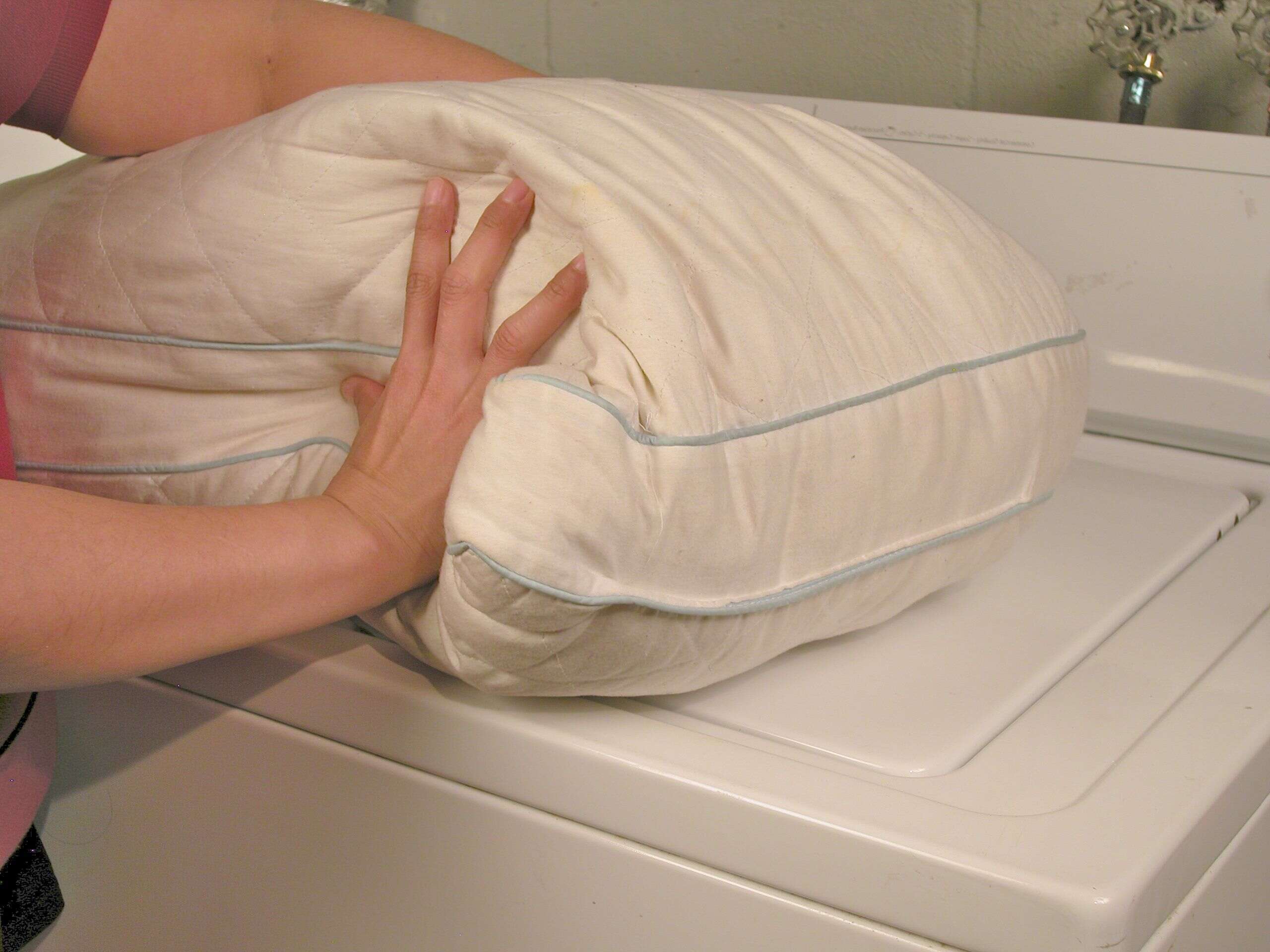
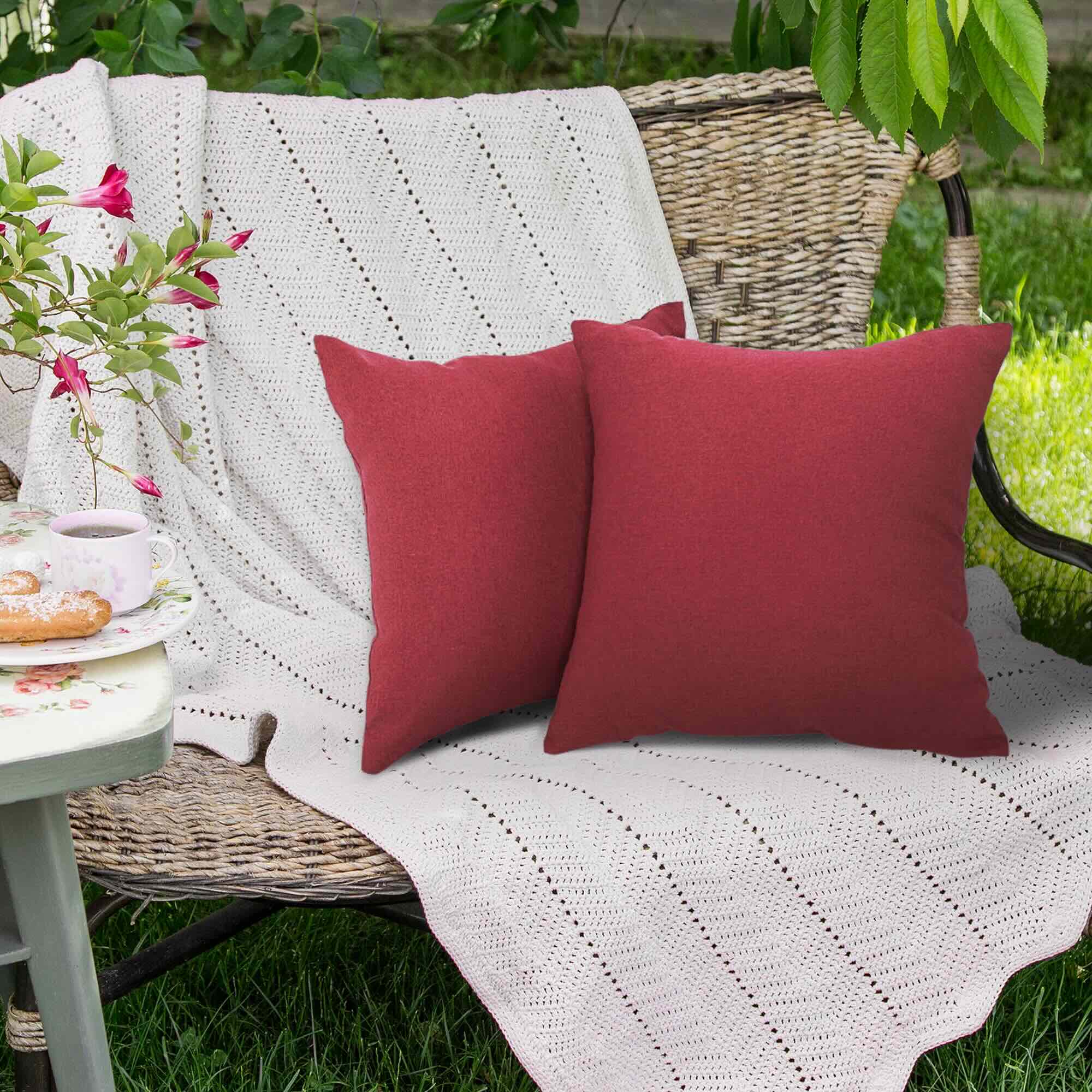
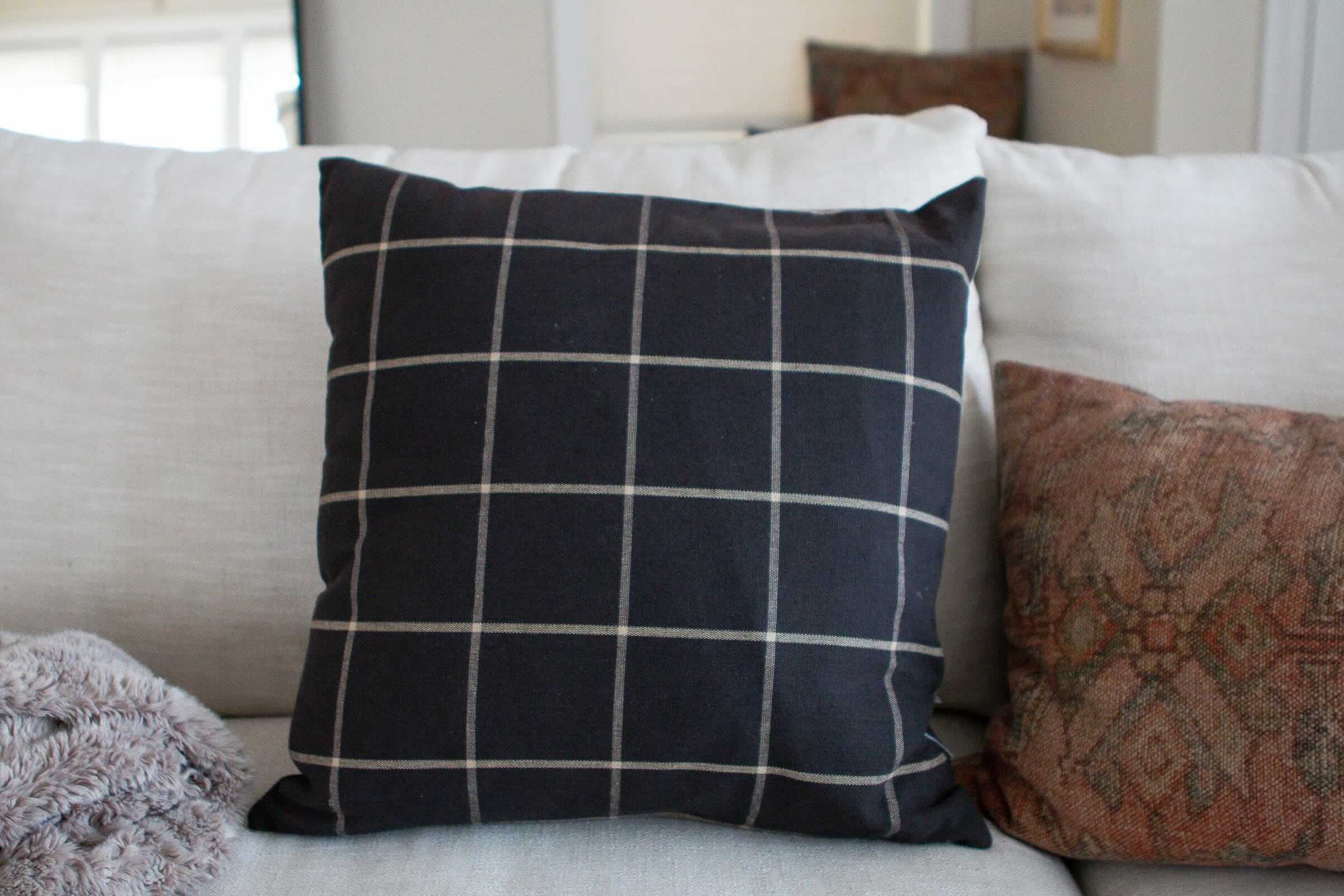
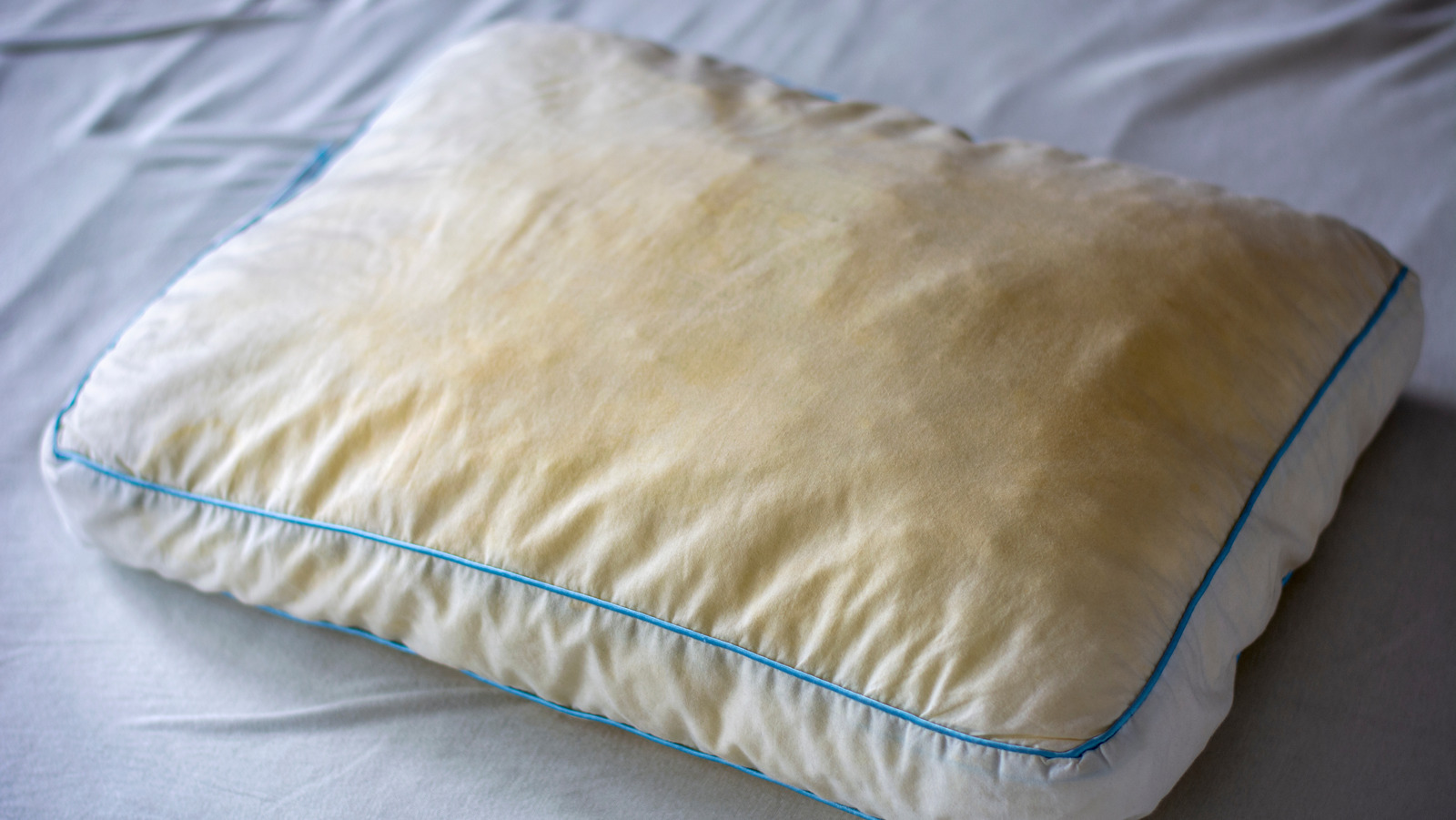

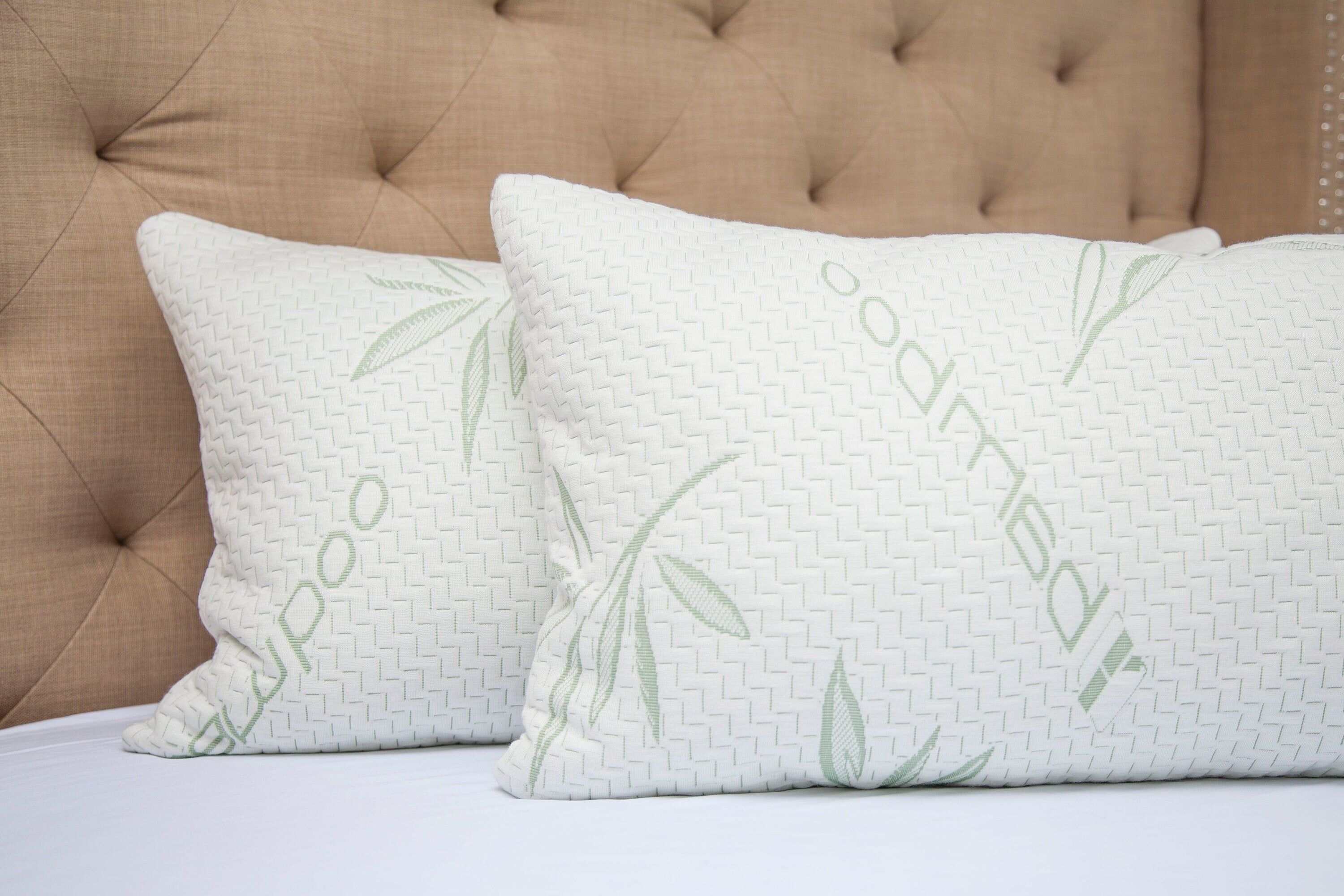
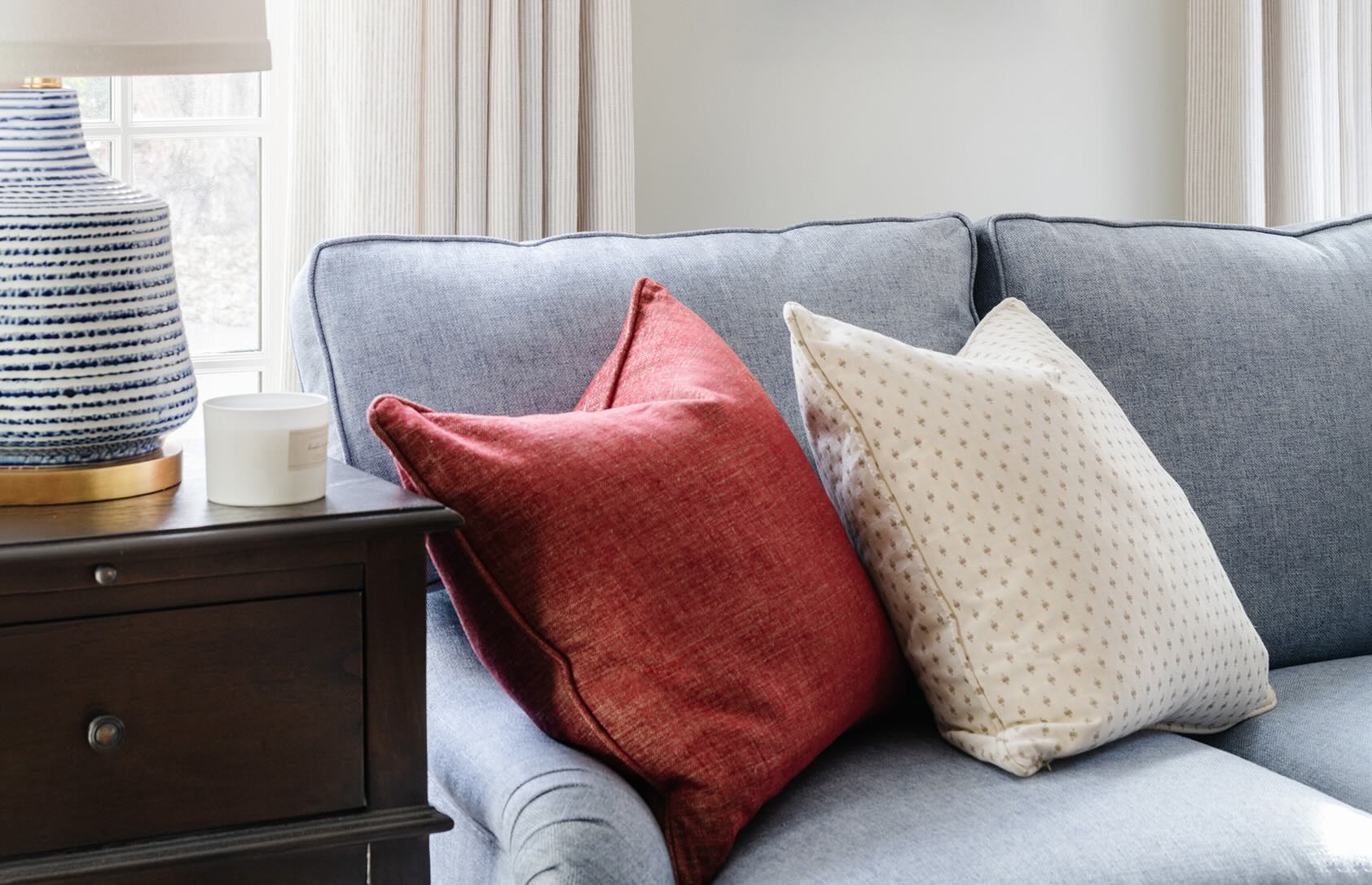
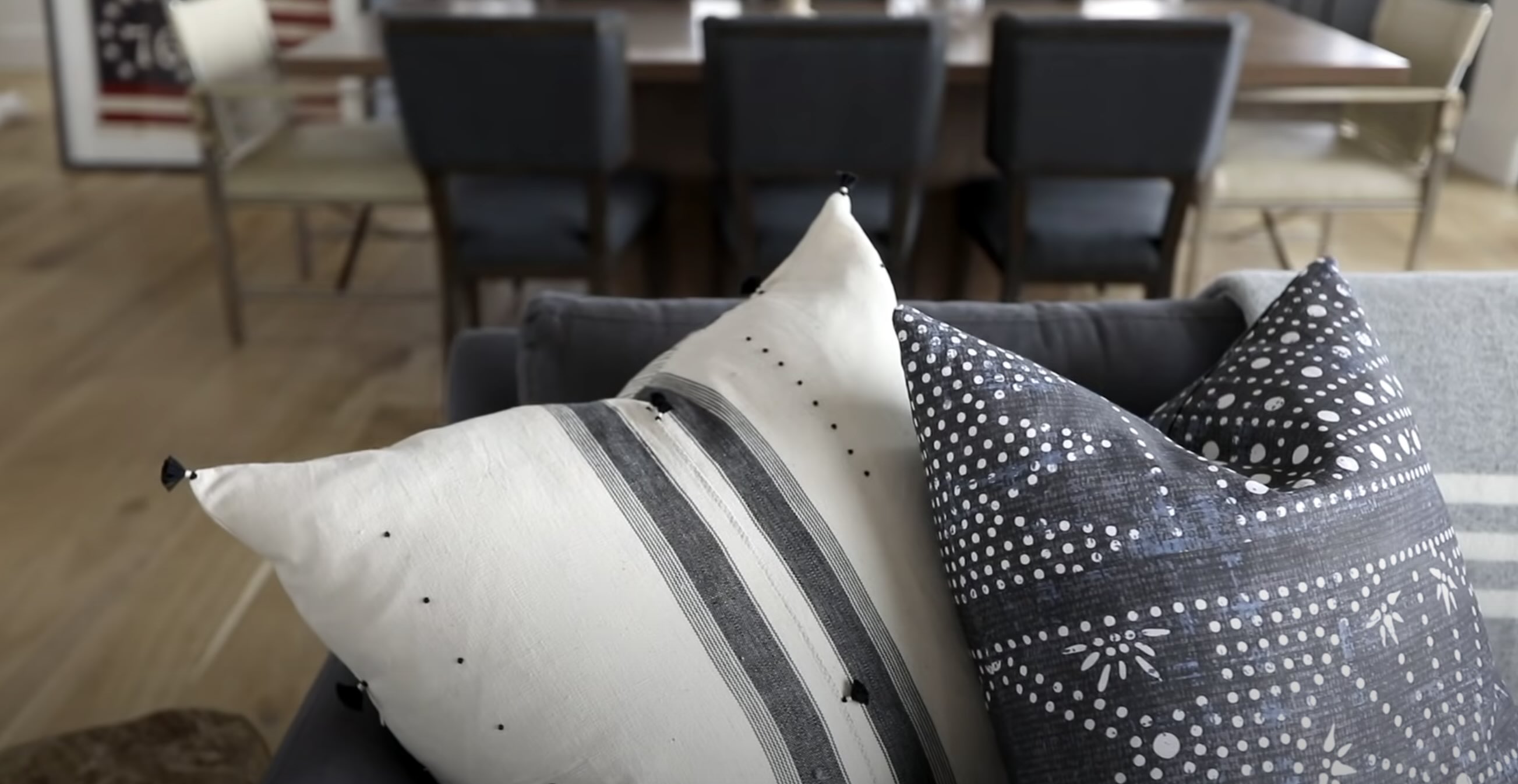

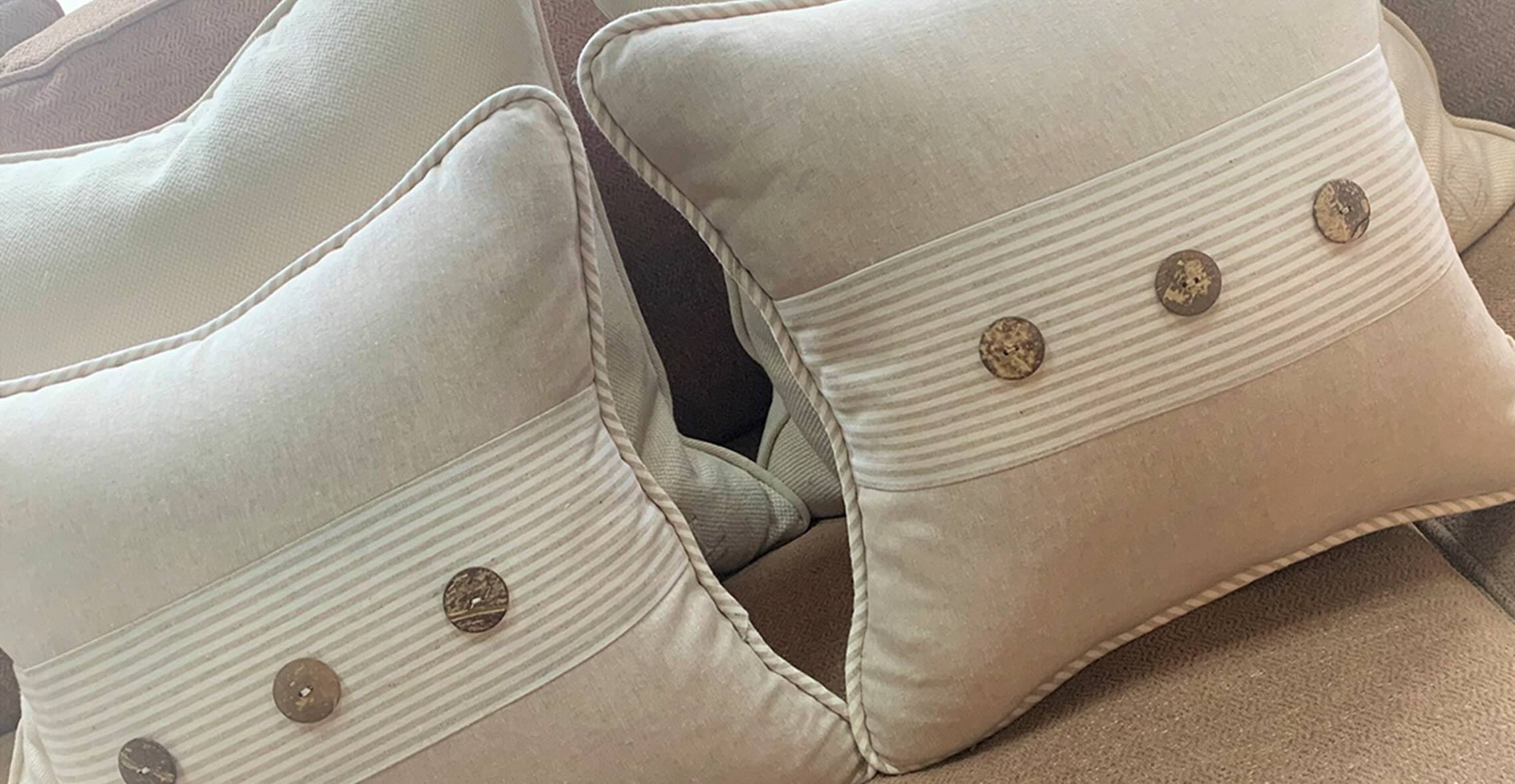

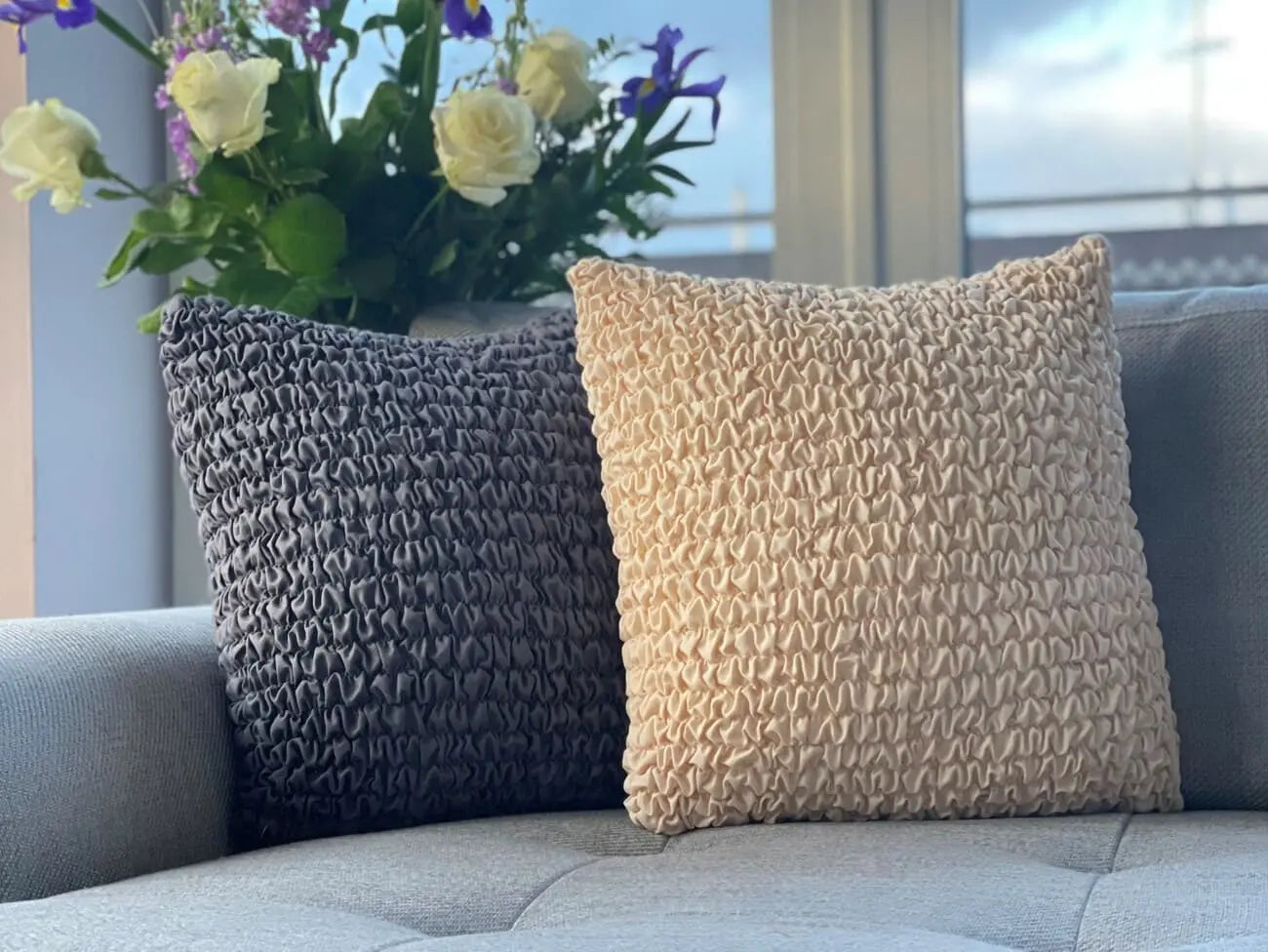

0 thoughts on “How To Wash Throw Pillows In Washing Machine”